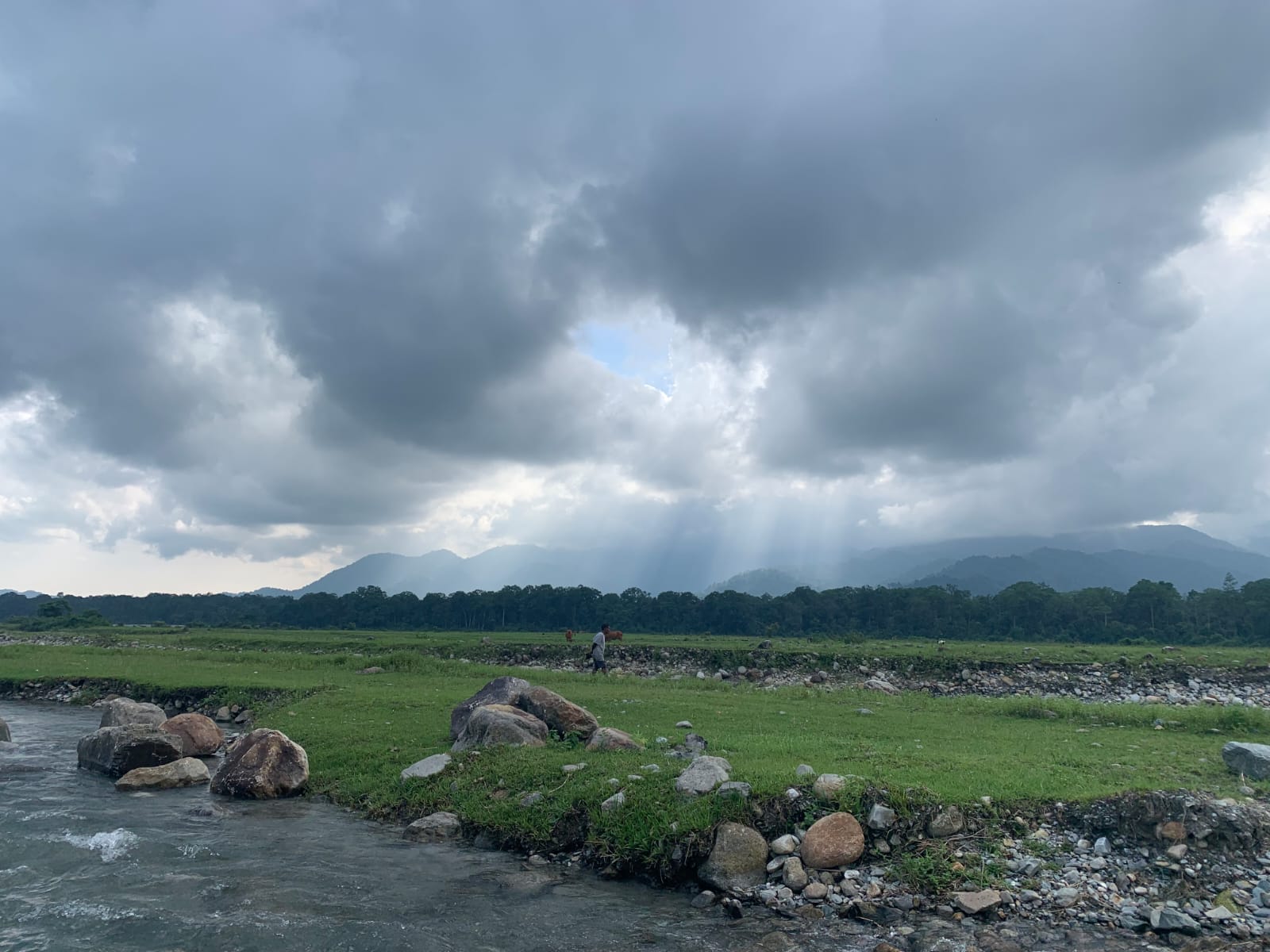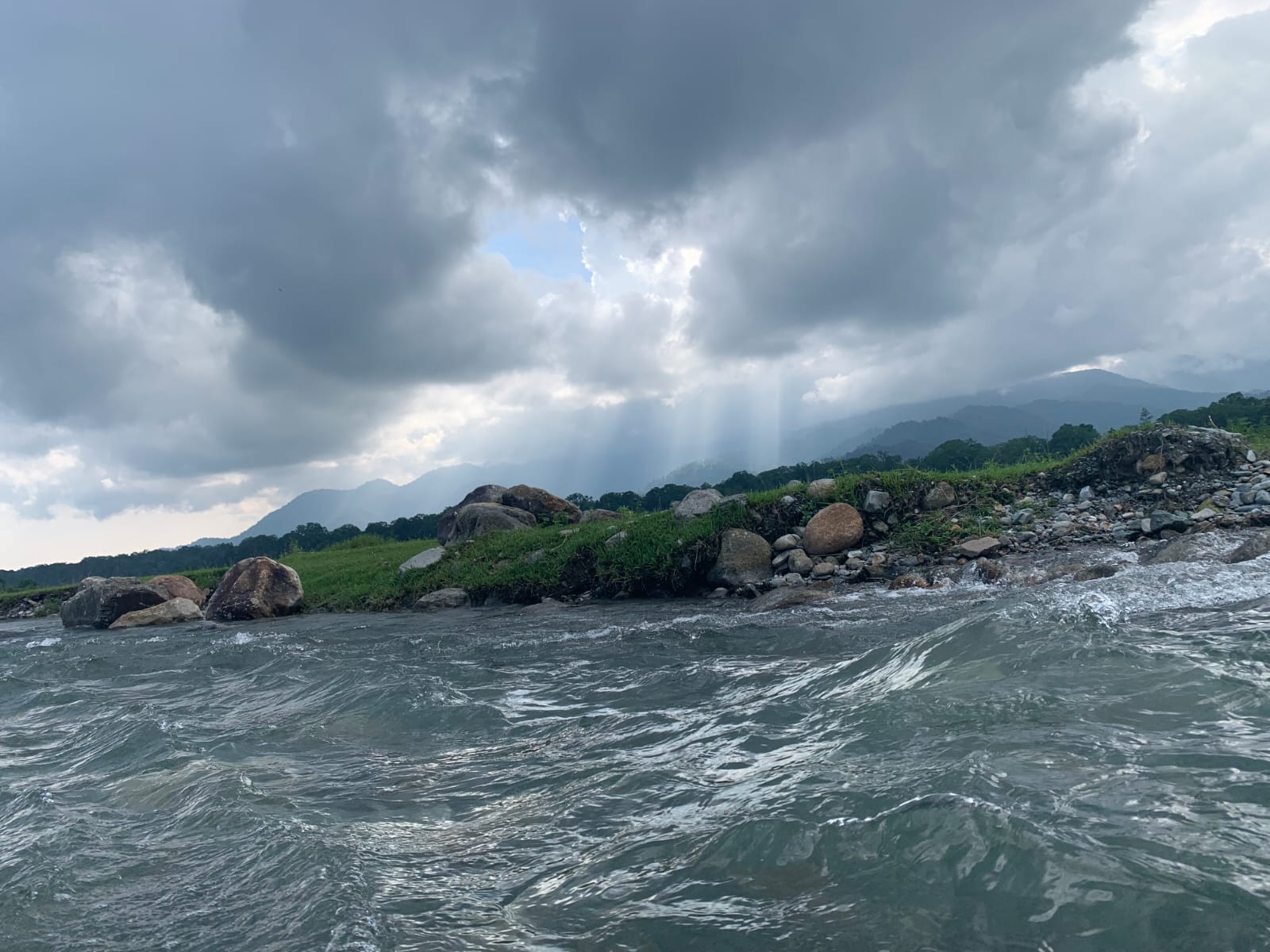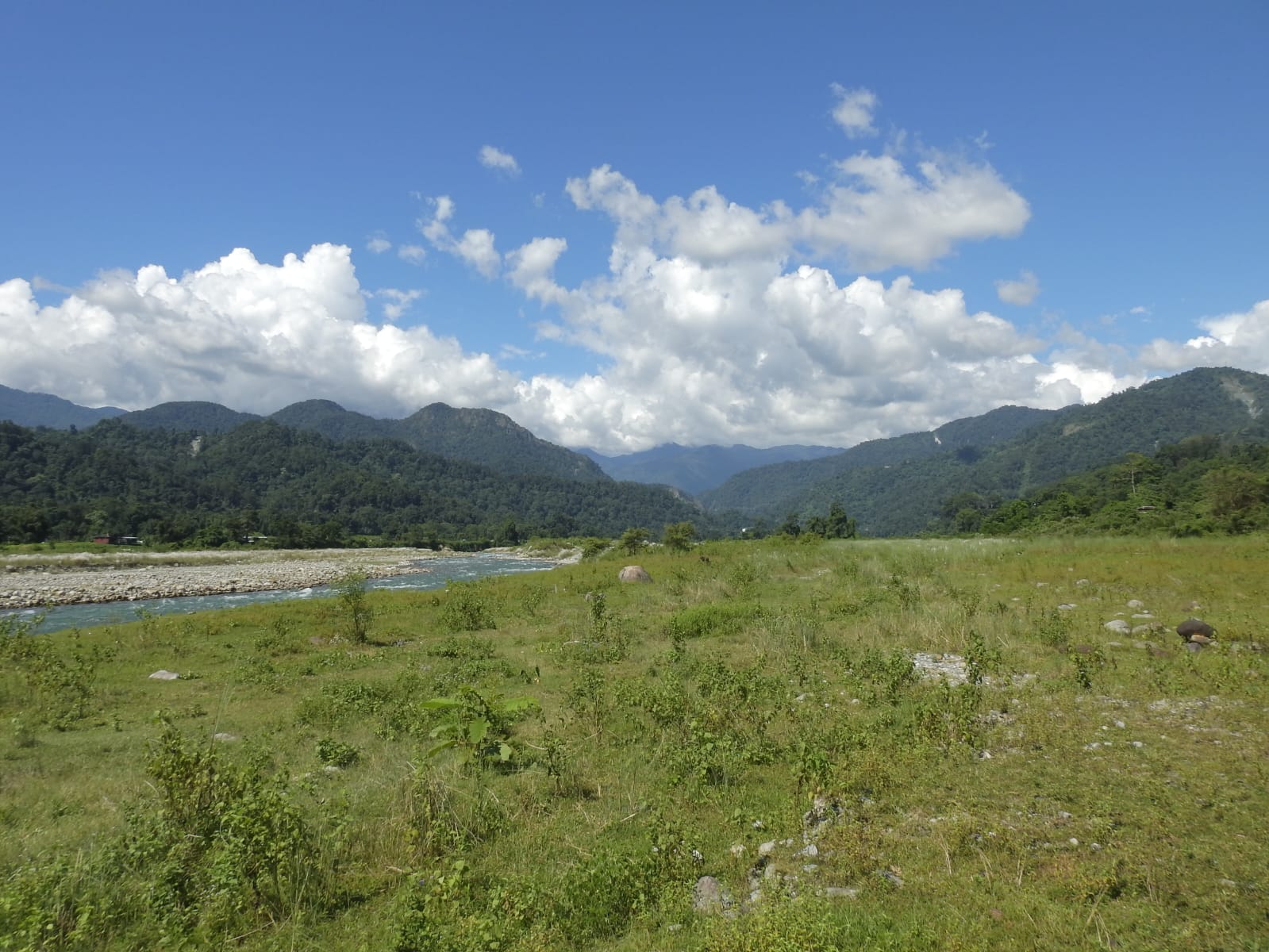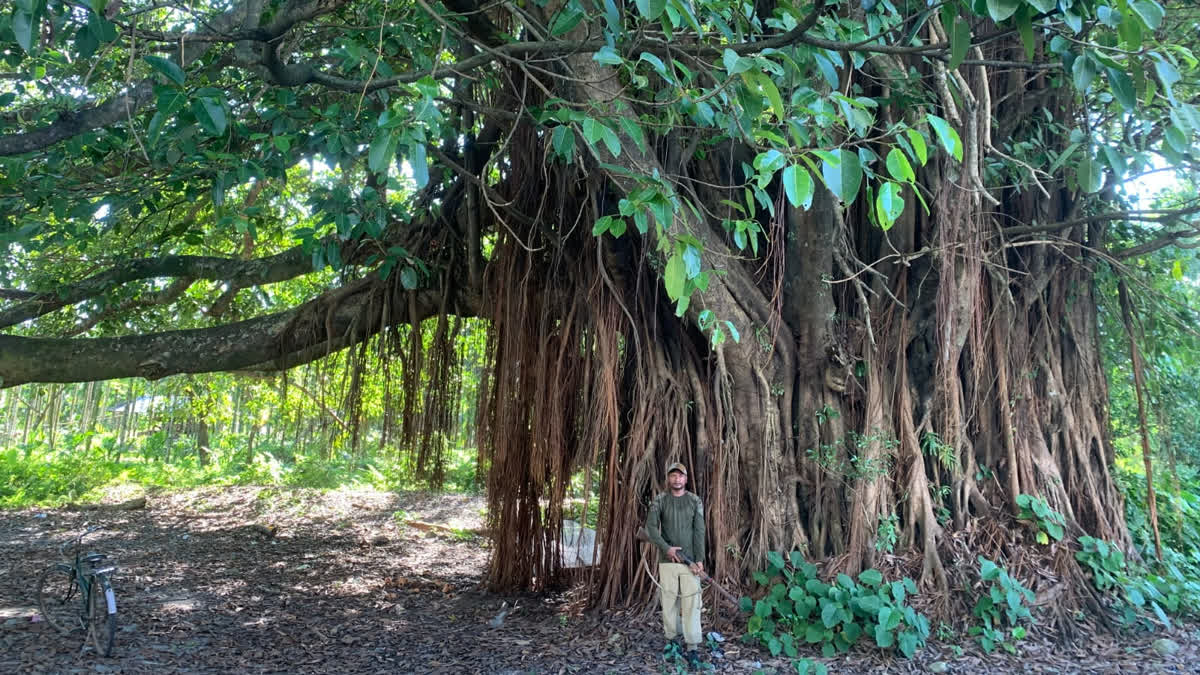Guwahati: In what can be termed as a major boost to Assam’s wildlife conservation efforts, the state has officially declared Sikhna Jwhwlao National Park as its eighth national park. On the foothills of Bhutan, the park is spread on 316.29 square kilometers across the Chirang and Kokrajhar districts, encompassing the Chirang and Manas Reserve Forests.
Rich in biodiversity, the Sikhna Jwhwlao National park is home to large number of golden langurs—one of the world’s most endangered primates—as well as elephants, rhinos, tigers, and leopards. The national status of the park not only strengthens wildlife protection in the Bodoland Territorial Region (BTR) but also serves as a major corridor between Raimana and Manas National Parks, facilitating safe movement for wildlife.

A Natural Haven on the Indo-Bhutan Border
Sikhna Jwhwlao National Park is located along the Indo-Bhutan border, with its northern boundary marked by the Sarlapara Market and the southern boundary lined with villages such as Purnaguri, Kashiguri FV, Khalshi, and Kenduguri. The park shares an international border with Bhutan’s Sarpang district, with a road entry point at Saralpara that connects India to the neighbouring country.
While the Saralbhanga river (locally known as Swaramanga) flows on the east of the Raimana National Park of the Bodoland Territorial Region (BTR) of Assam, the Dhalpani River is on the west.
Villages like Dewashree FV, Shantipur FV, and Bhur FV dot the eastern edge, extending up to the Laoti Mini Hydroelectric Power Project.

A Home to Golden Langurs
The park has a huge Golden langur population, a species found only in select regions of India and Bhutan. In a recent survey conducted by the Primate Research Centre NE India (PRCNE), the Forest Department, the Bodoland Territorial Council, SACON, and Conservation Himalayas, over 2,000 golden langurs were found to be inhabiting the park.
Speaking on the new status of the park, Rathin Barman, Joint Director of the Wildlife Trust of India, said, “This park will be crucial for the conservation of golden langurs, whose habitat has been shrinking due to deforestation and human encroachment.”
We recently approved Assam's 8th National Park, Sikhna Jwhwlao National Park.
— Himanta Biswa Sarma (@himantabiswa) February 19, 2025
This Park, spread over 316 Sq. Km is part of the Greater Manas Conservation Landscape and connects 4 other parks in the region.
With this, Assam now has the 2nd highest National Parks in the country. pic.twitter.com/5uUWsDwzqI
Honouring a Bodo Warrior: The Origin of the Name
The park has got its name from Sikhna Jwhwlao, a Bodo leader who is revered by the community Shedding more light into the topic Barman said, "What Lachit Borphukan is to Assam, Sikhana Jwhwlao is to the Bodos. Sikhna was a Bodo hero who ruled the area and fought a battle between Bhutan and the British army during 1866-68. His capital Sikhanajhar was located in the Altapani Reserve Forest near Sarbhanga, on the Indo-Bhutan border, which is now inside the National Park. The area is considered to be the sacred abode of gods where Bodos traditionally perform ‘Bathou Kherai’ puja there every year."

How Will National Tag Help Wildlife Conservation Efforts
Conservationists believe that the recognition of Sikhna Jwhwlao as a national park will help mitigate human-wildlife conflict and provide a safe passage for animals moving between Raimana and Manas National Parks. Barman said this move will contribute to a more structured conservation strategy, ensuring a balance between ecological preservation and local development.
Assam, so far, has eight national parks which include:
1. Kaziranga National Park- 1090 Sq KM (declared in 1974)
2. Manas National Park- 500 Sq KM (declared in 1990)
3. Nameri National Park and Forest Reserve - 200 Sq KM (declared in 1998
4. Dibru Saikhowa National Park, 350 Sq KM (declared in 1999)
5. The Orang National Park 79.28 Sq KM (declared in 1999)
6. Dehing Patkai National Park 231.65 Sq KM, (declared in 2020)
7. Raimona National Park, 422 Sq KM (declared in 2021)
8. Sikhna Jwhwlao National Park, 316.29 Sq km, (declared in 2025)
Read More



